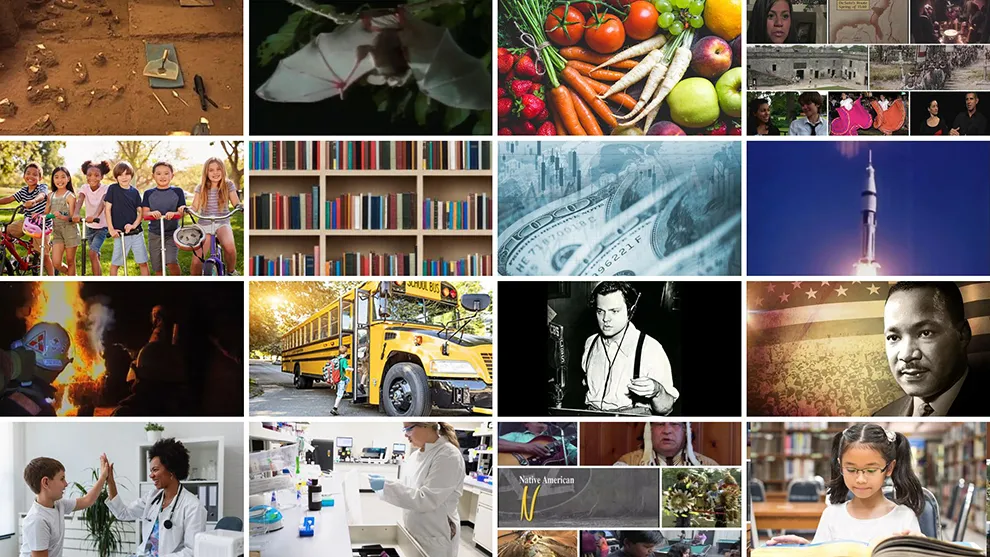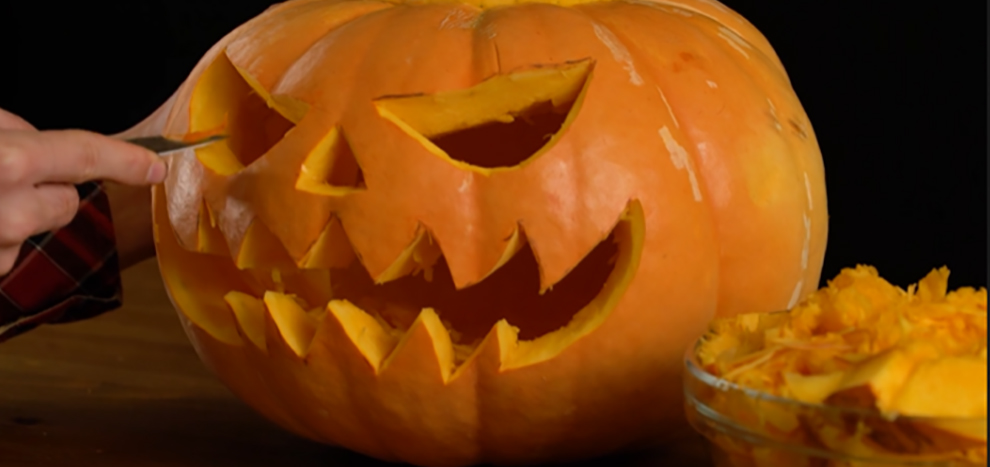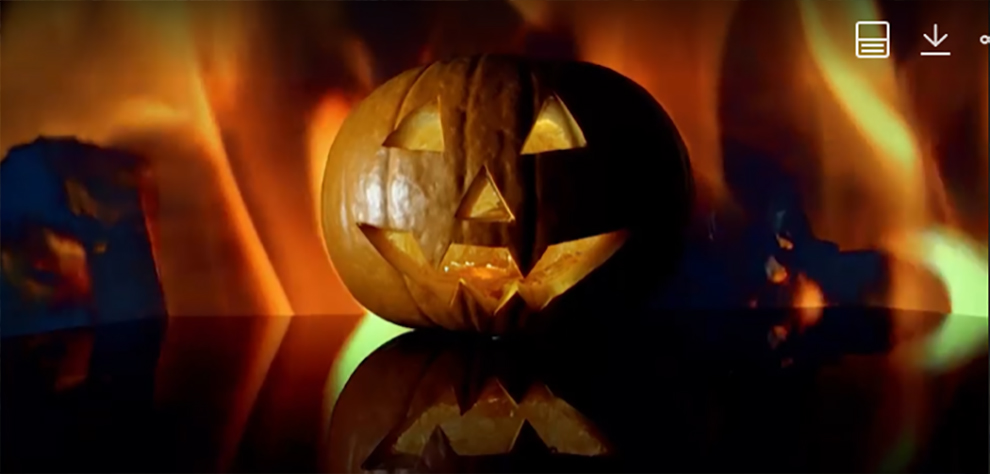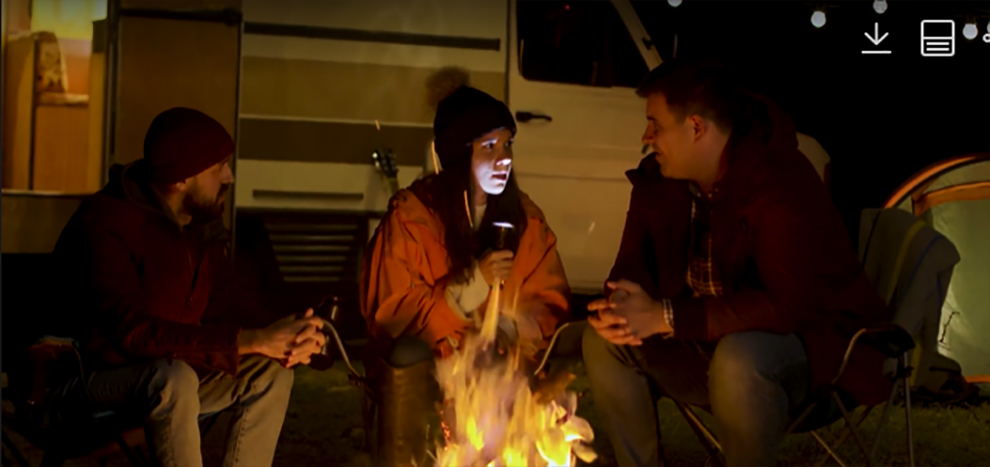
October 2023 on KnowItAll.org
-
Our KnowItAll Highlights for October include content for Archaeology Month, Bat Appreciation Month, Health Literacy Month, Hispanic Heritage Month, International Walk to School Month, National Book Month, National Bullying Prevention Month, National Domestic Violence Awareness Month, National Economic Education Month and TeenTober..
-
Our week-long observances include Fire Prevention Week, World Space Week, America’s Safe Schools Week,,National Friends of Libraries Week, National School Bus Safety Week and Media Literacy Week.
-
Our one-day observances include International Day of Non-Violence,, National Walk to School Day, National Child Health Day, World Habitat Day,, World Teachers’ Day, World Migratory Bird Day, MFG Day, Indigenous People’s Day, Columbus Day,, International Day of the Girl Child, National Farmer’s Day, World Food Day, National Pharmacy Technician Day, National Mole Day, National Paralegal Day, United Nations Day, National First Responders Day, National Cat Day, and Halloween.
-
Find dates and resources in the October Factoids!
NEW ON KNOWITALL.ORG
THE WORLD OF CECIL
When the Civil Rights Movement in South Carolina hit its stride, Cecil Williams was there with his camera creating a visual record through marches, meetings, sit-ins, demonstrations and riots. A child of the movement, himself, Williams was both an active participant and a passionate observer and preserver of its history. It is a role he prepared for from childhood; a role he embraces, yet today.
Williams is outspoken in his belief that the Civil Rights Movement had its beginning in Clarendon County, South Carolina, and that South Carolina—especially his hometown of Orangeburg—played a critical and pivotal role on the national civil rights front, although its primacy and impact are little known and accorded scant recognition. Through publications, sharing his photographs, telling the stories—and most recently, creating a South Carolina Civil Rights Museum, Williams hopes to correct this oversight. The two-part documentary, The World of Cecil tells his story through glimpses of major events and people, illuminated by Cecil’s photographs. Along the way, we learn of the myriad talents and accomplishments of Cecil J. Williams, the man, who set out to help make the world a better place.

NOW VIEW THESE AS HISTORY IN A NUTSHELL SHORTS -
HONORING NATIVE AMERICAN CODE TALKERS | NOVEMBER FACTOIDS
Native American “Code Talkers” played a crucial role in the allied victory in World War II. Coined by the U.S. Marine Corps, a “Code Talker” is the term given to American Indians who used their tribal languages to send secret coded communications on the battlefield. Although the tactic of using native languages to transmit secret messages was first tested in World War I, it wasn’t until World War II that the US military developed a specific policy to recruit and train Native American speakers as battlefield communicators.
While the U.S. Marine Navajo Code Talkers in the Pacific Theater are arguably the most well-known, members from at least 14 other Native nations served as Code Talkers during WWII. Being a Code Talker was an especially dangerous job in the Pacific Theater since Japanese forces were ordered to specifically target officers, medics, and radiomen.
Despite the heroic contributions of these Code Talkers during the war, recognition was slow even after the Code Talkers program was declassified in 1968. There was some recognition throughout the 1970's and 1980's - President Ronald Reagan recognized Navajo Code Talkers by naming August 14, 1982 as Navajo Code Talkers Day. On December 21, 2000, President Bill Clinton signed Public Law 106–554, 114 Statute 2763, which awarded the Congressional Gold Medal to the original 29 World War II Navajo code talkers and Silver Medals to each person who qualified as a Navajo code talker (approximately 300). The Code Talkers Recognition Act of 2008 further expanded recognition by honoring Code Talkers from both world wars. It was signed into law by Pres. George W. Bush on November 15, 2008.
The Navajo Code remains the only military code in modern history to never be broken by an enemy.

SC STATE FAIR ROCKET FACTOID
“Meet me at the rocket!” Visitors to the South Carolina State Fair may have heard those famous words. Fair-goers have used this rocket as a popular rendezvous point ever since it was placed there.
Before it became a rallying point for state fair visitors, it was an intermediate range ballistic missile for the U.S. Air Force. Designed by Dr. Wernher Von Braun (the same von Braun who designed the rockets which carried astronauts to the moon!) and built by Chrysler, this Jupiter missile’s original purpose was to carry nuclear payloads. The rocket’s name, believe it or not, is Columbia! The Air Force retired Columbia in 1963 and donated it to the city which shares its namesake. It was erected in 1969 and has served as a staple symbol of the SC State Fair ever since!

THE HISTORY OF THE JACK-O-LANTERN | OCTOBER FACTOIDS
Where did the Halloween tradition of carving faces into pumpkins and lighting them up come from?
This custom stems from the old European legend of "Stingy Jack" or "Jack of the Lantern". In the tale, Jack was a man who was so mean, he was banned from both Heaven and Hell. A man as awful as Jack could not be allowed into Heaven, however he could not enter Hell either since Jack tricked the Devil into being unable to claim his soul. As a result, Jack was doomed to roam the earth for the rest of eternity. In the story, the Devil took pity on Jack; scooped up an ember from Hell and gave it to Jack who placed it in a hollowed out turnip to light his way.
Originally, Europeans carved faces into hollowed out turnips or potatoes and placed candles in them on Halloween night. It was believed that these scary, illuminated faces in windows and doorsteps would frighten away Stingy Jack and other malevolent spirits. Irish and Scottish immigrants brought these old world customs with them to the U.S. in the late 19th and early 20th centuries. Soon after their arrival, these immigrants discovered that the pumpkin- a fruit native to North America proved much easier to hollow out than turnips. The new world experienced infusion with the old, and this is why the Jack-O-Lantern remains arguably the most prominent symbol of the Halloween holiday!

WHERE DID THE NAME HALLOWEEN COME FROM? OCTOBER FACTOIDS
Through a bizarre twist in history, the Catholic Church contributed just as much as Pagans did to the Halloween we know today! In the Catholic Church's early years, missionaries journeyed out to convert Pagans to Christianity. At first missionaries adapted or reimagined Pagan customs instead of outright stamping them out, however results from these early missions were mixed. Pope Gregory III decided to officially convert the Pagan holiday, Samhain into a holiday for Christians. November 1 was designated “All Saints Day” – a day to honor all the saints as well as Christian martyrs. All Saints Day is also known as All Hallows Day; the night before being called All Hallow’s Evening. With a series of language corruptions throughout the following years, All Hallow’s Evening disambiguated into the name Halloween!
Despite the efforts of the Catholic Church to squelch Samhain traditions, the practices never fully went away completely.

WHY DO WE LIKE TO TELL SCARY STORIES ON HALLOWEEN? OCTOBER FACTOIDS
One possible origin for telling scary stories around Halloween is found thousands of years ago with the Celts of ancient Ireland! These Celtic Pagans worshipped the earth, and during their festival called Samhain they built bonfires and held ritual sacrifices to pay homage to their gods as well as the dead. Celtic priests called “Druids” would read the entrails of sacrificed animals to predict the future. The Celts believed that the best time for predicting the future was when the veil between our world and the spirit world was at its thinnest! The prophecies read by the Druids would spread through Celt villages becoming stories told long into the night. If you enjoy scary stories on Halloween, you might consider thanking the Celts!

JAMES OTIS LECTURE 2023
On September 17, 1787, 39 men gathered in Independence Hall in Philadelphia and signed the United States Constitution. What started in May of that year as an effort by delegates of the several States to amend the Articles of Confederation, resulted, instead, in an agreement by The People of the United States to establish a wholly new government unlike any on earth. Their expressed goal was to secure the blessings of Liberty to themselves and to their posterity. Of the 55 delegates who participated in the Convention that hot summer, 32 were lawyers.
The South Carolina Chapter of the American Board of Trial Advocates presents the 14th Annual James Otis Lecture. What they formed was not perfect. It was a document which spoke of Liberty yet condoned slavery. It hinted at equality yet gave disproportionate power to smaller states and slave states. It had an unworkable method of selecting an executive branch. Yet what was created after four months of debate, conflict and compromise resulted in a remarkable affirmation of the value of self-government and the rule of law. These principles have endured for more than two centuries.
Remarkable women and men have helped shape our government and preserve our liberties in that span. Many were lawyers. ABOTA hopes that the James Otis Lecture Series will help keep their memories and examples alive.

CAROLINA SNAPS
The Battle of Camden during the American Revolutionary War is one of the most notorious battles to ever take place on U.S. soil.
The Battle of Camden occurred on August 16, 1780. The evening before the battle, General Horatio Gates' patriot forces suffered dysentery. Despite their illness, Gates decided the soldiers would engage the British army the following morning. Although the patriots initially had the advantage, they had decreased by 25% because only 3,000 rebel soldiers were healthy enough to take the field after their ailments the previous evening. The issue that eventually brought the Continental army to its demise was the lack of bayonets. Due to the lack of arsenal and manpower, the patriots suffered a harsh defeat, failing in making any progress against General Lord Charles Cornwallis' British forces.

The Carolina Jessamine, South Carolina's state flower, is a vibrant yellow bloom found throughout the state and Southeast. This versatile plant, cherished for its beauty and traditional medicinal uses, thrives in the region's heat, and likes well-drained soil. However, its toxic nature warrants caution, as it can be lethal when consumed.

Although best known as fierce abolitionists, Sarah and Angelina Grimke were the first South Carolina Women to publicly advocate for women's suffrage.

The University of South Carolina, founded in 1801, is not just a campus but also a historic Civil War site. Its origins lie in Rutledge Chapel, the first building on the Historic Horseshoe. The Longstreet Theatre, now a theater, served as a morgue, hospital, gymnasium, and armory during the war. The protective wall along Sumter St. prevented fire damage during the Burning of Columbia in 1865, preserving the college grounds.

Born into a free black family during Reconstruction, the Rollin sisters played a pivotal role in advancing women's suffrage in South Carolina. Frances, Lottie, and Louisa were prominent activists. Frances challenged discrimination on a steamboat and won a court case. They founded a school for black children, later relocating due to funding issues. Lottie became the first black woman to address the state legislature on women's suffrage. Frances married civil rights activist William J. Whipper, and with his aid, the sisters left a profound impact on the state's legislature.

EXPLORE OUR KNOWITALL SERIES HERE!
There's quite an assortment! You may be surprised by the content you'll find - right here on KnowItAll.org!

AND OUR KNOWITALL COLLECTIONS HERE!
Our Collections feature content organized by theme, event, observance or era. These make it easy to find content that is relevant to your needs! Take a look!

VIEW OUR FEATURED COLLECTIONS FOR OCTOBER
Archaeology Month
-
View our Archaeology Collection on KnowItAll.org!
Bat Appreciation Month
Health Literacy Month
- View our Knowitall Healthy! Collection.
Hispanic Heritage Month
- View our Hispanic Heritage Collection!
International Walk to School Month
- View these resources and be safe when walking or biking!
- View Pedestrian Safety | Safety City
- View Meet the Helpers for information about helpers in your community and school!
National Book Month
- Visit Our Libraries, Literature & Learning Collection!
National Bullying Prevention Month
- Chester Raccoon and the Big Bad Bully | Storytime with SCETV
- Lesson: Bullying and What It Means to be a Bystander
- Lesson: Learning to Respect through Literature
- View "Project Lead SC." Teenage girls face unique pressures every day. Between issues with bullying, body image, boys, friends and “frenemies,” life during that awkward transitional period can feel like it’s filled with challenges. Project Lead SC is a video series for young women that follows notable women in South Carolina to gather advice about what makes a successful leader.
National Domestic Violence Awareness Month
- Pulitzer Prize Winners in South Carolina: Reporting
- Tabu Hazel, Spoken Word Artist | Original SC
- Teen Dating Violence | Palmetto Scene
- What Is Human Trafficking? | Palmetto Scene
National Economic Education Month
- View the collection and be sure to check out the series and programs listed to learn more!
TeenTober
- View the resources in the Libraries, Literature & Learning Collection and see what may be of interest to teens you know and love!
World Space Week
Fire Prevention Week
- Fire and 911 Safety | Safety City
- Fire Academy, Part 1 from Project Discovery
- Fire Academy, Part 2 from Project Discovery
America's Safe Schools Week
- View our America's Safe Schools Week Collection.
- Safety Collection | Knowitall Healthy!
National Friends of Libraries Week
- Visit our Libraries, Literature & Learning Collection!
National School Bus Safety Week
Media Literacy Week
- In Artopia: Media Arts: Be A Media Critic, take a closer look at types of media like photography, radio, film, and television:
- PBS LearningMedia resources for Media Literacy (provided by Frank Baker)
- For more information on Media Literacy, visit these websites: Videos for Teaching Media Literacy and NAMLE (National Association for Media Literacy Education).
Be sure to view the October Factoids for all of the October observances and links to resources!
TO GET THE MOST OUT OF KNOWITALL, BE SURE TO EXPLORE THESE AREAS!
Lesson plans for teachers that meet South Carolina standards.
Find featured content and helpful information on using KnowItAll.org throughout the month!
From the top of the home page, click on the magnifying glass, and when the search box opens, click on the magnifying glass again, and the results will come up, showing all of the assets available on KnowItAll.org. The newest content will appear at the top of the results. Just scroll down to view all of the content that is new to you! Visit often, so you won’t miss a thing!
The Learning Continues on KnowItAll.org!
Please share our blogs with your friends and let them know what you found to be helpful on KnowItAll.org!